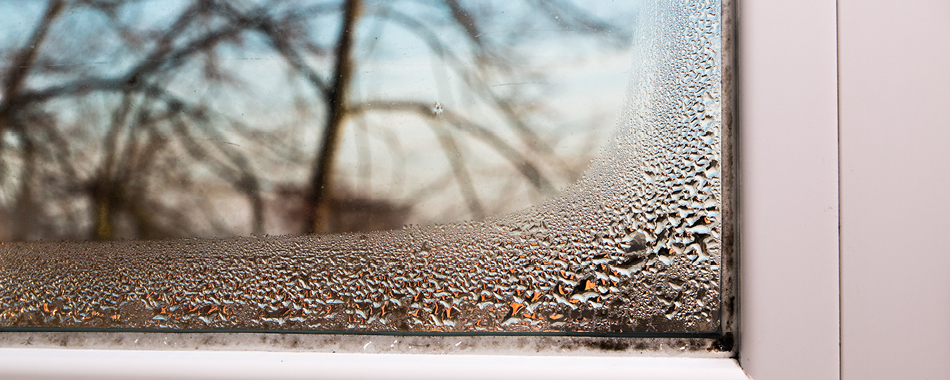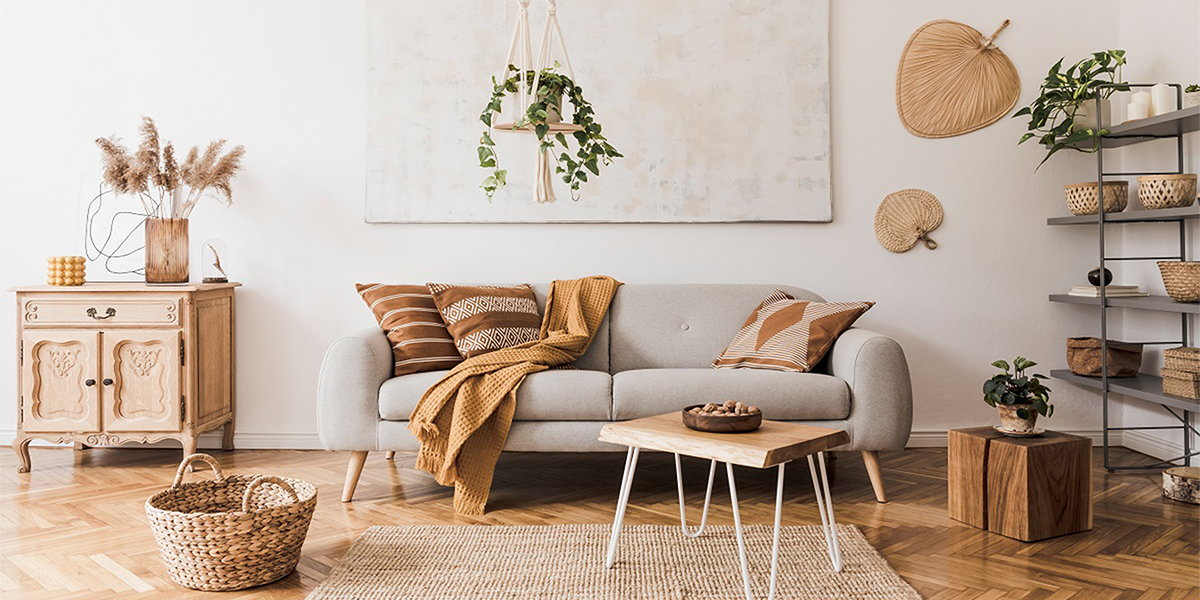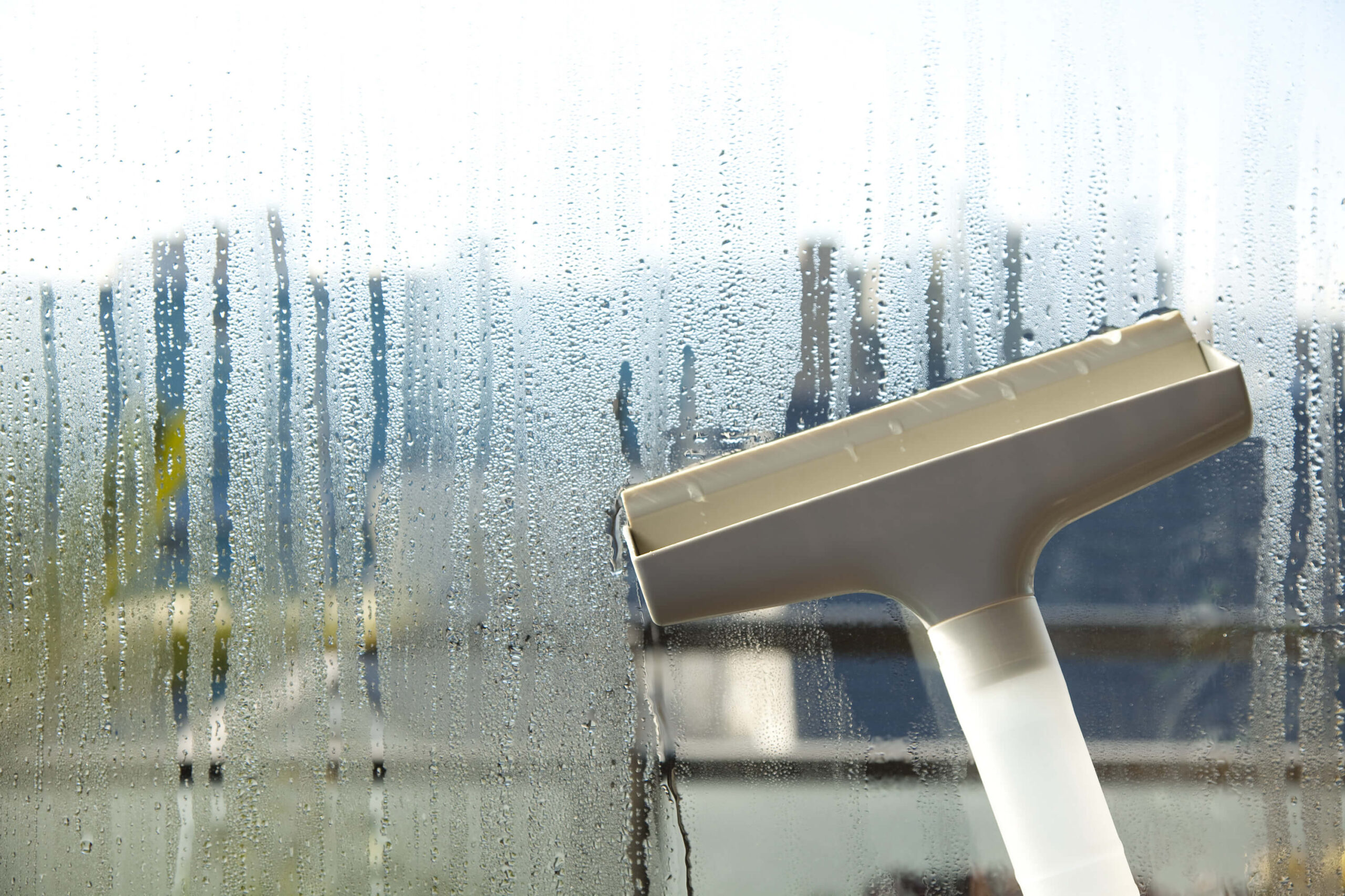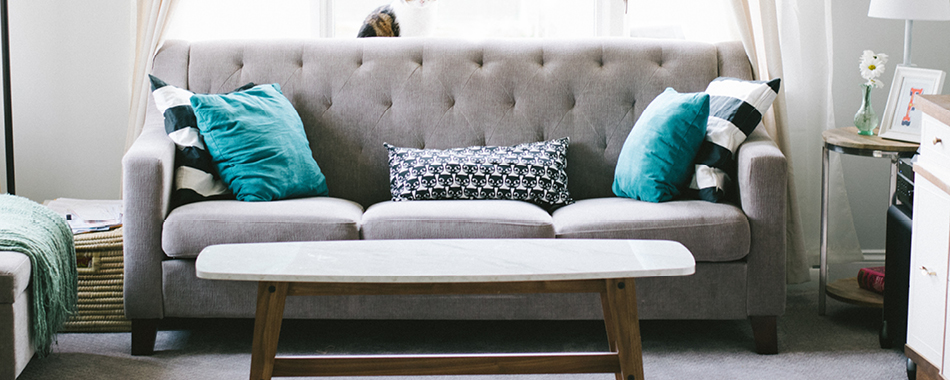Help! My walls are starting to grow green and there is water dripping from my windows! What is CONDENSATION? I NEED DAMAGE CONTROL!
It’s definitely that time of year again. With the icy chill of Melbourne winters, it’s no wonder that we’re fighting to keep our homes warm in these cooler months.
However between heaters blaring, clothes drying, kettles boiling, and just generally breathing, we probably don’t realise that all the things that keep us toasty and warm are contributing to the moisture in the air and temperature profile of our homes. But why does moisture matter?
What is condensation and how can it be identified?
Condensation is caused by humidity in the air from general everyday living. Moisture is absorbed into the atmosphere of your home and then when the home begins to cool, the moisture comes down to rest on cool surfaces resulting in condensation.
Identifying condensation is reasonably straight forward. The giveaway is moisture dripping and collecting on the inside of windows and their sills. Condensation is most noticeable on non-porous surfaces, as the moisture is not absorbed, making it easier to spot as it sits on top of the surface.
However, condensation can settle on any surface and may not be noticeable until you have a small spread of green mould growing in the affected area.
How can you prevent condensation in your home?
To help you keep your home climate and atmosphere in a condensation free sweet spot, here are some preventative tips to help get you started:
1. Open your windows.
Proper air flow through the home is vital in the prevention of condensation. It helps the humidity and moisture in the air escape, while also regulating temperature.
2. Turn on your range hood.
Simply boiling the kettle or cooking on the stove top can significantly contribute to the humidity in your living spaces. Luckily your range hood is designed to suck up some of the moisture caused by these activities – you just need to make sure you turn it on!
3. Turn on your exhaust fan.
Whether you are showering, tumble drying clothes or simply leaving wet items to dry inside, remember to leave the exhaust fan running to help that moist air escape.
4. Run the dehumidifier setting on your split system.
Most newer split systems have this option, so it is worthwhile running this setting for a few hours a day to see if you can noticeably reduce the amount of moisture in your home.
What happens when preventative measures aren’t working?
If you are doing everything to prevent condensation, but still have those pesky droplets running down your windows, it is important to make sure you are regularly wiping down affected surfaces to prevent the moisture from building up. Not wiping the surfaces that are damp can not only cause damage to areas such as skirting boards and joinery, it can also cause the sudden growth of mould.
While mould isn’t exactly a pretty sight for any home owner or tenant, the visual elements are not the most concerning; mould can also cause serious health problems if left untreated, so it’s in your best interests to take actions to remove it as soon as possible.
How to treat and prevent mould
In the event that condensation has gone on to create mould, you will need to act swiftly to treat the growth and prevent its spread.
1. Wipe down the infected area.
Using a test patch first, dilute a small amount of bleach in water and use this to clean the mould from the surface. If you are looking for a natural alternative, white vinegar is also a great option for cleaning away those pesky green mould spores.
2. Make surfaces less hospitable to mould.
Anti-mould preventative can be added to normal water based paints for a more permanent solution. Of course, if you are a tenant make sure to ask your property manager first before repainting or painting any walls!
3. Purchase a de-humidifier.
Failing the dehumidifier setting in your split system, a more permanent option is to purchase a standalone dehumidifier. These are designed specifically to extract excess moisture in the air, stopping condensation in its tracks and preventing the moist environment in which mould thrives.
Condensation can seem scary and unmanageable but when you break it down and make small changes to keep it at bay, you will find the little things make the world of difference!
Are you concerned about condensation and mould as a tenant or landlord? To discuss your options in the fight against these issues please do not hesitate to contact one of our property managers today.
This article was first published in July 2017.


















